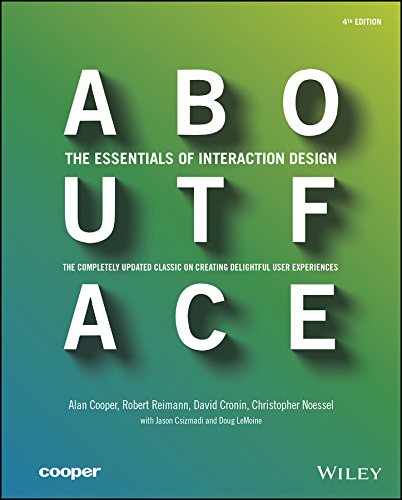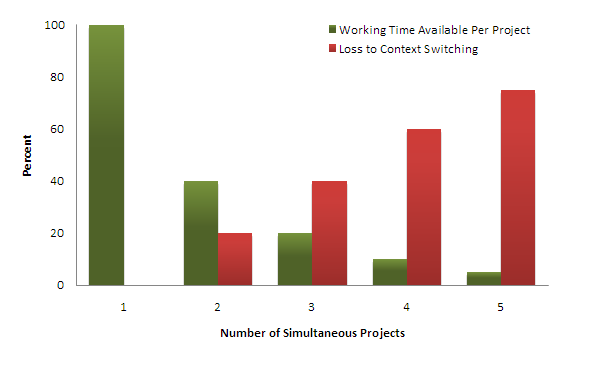How to be the best software team lead
/Software team leads have a difficult job. On one side they are expected to be the top developer in the team, cracking every technical challenge that comes their way with the snap of a finger yet on the other side they are expected to be the “manager” of the technical team. Now this “manager” bit is the one that is always fuzzy - it ends up meaning a lot of different things to different people and the team lead also ends up trying to fill all those roles that is expected of her. Being a manager will definitely mean she has to coordinate the activity of the software developers in her team - for example assign, distribute and redistribute tasks, help out team members with tasks, resolve conflicts, resolve technical challenges, prioritize activities and tasks. But being a manager also may require her to interface with customers, other teams within the company, attend meetings with the management teams, fill out spreadsheets for accounting … the list is really endless. With all such disparate responsibilities the question becomes what do you do to become good at becoming a software team lead. Here are my top tips from years of managing software teams and progressing through the career from a software developer.
Always plan first
Obvious, isn’t it? But you’d be surprised how often the software team lead is under so much pressure that she just jumps in and tries to “winging it”. This strategy may work once in a while but it’s a recipe for disaster. ALWAYS plan, even if you feel there is no time for planning - force yourself to do it. This is a habit thing rather than a natural thing. By forcing yourself to plan things out you are ensuring that you give yourself a chance to think through things and prepare for overruns, disasters and failure. I’ve this as the first one in the list because I feel that if you don’t take anything from this list you should at least take this one. This single habit can change how good you are as a team lead. You’ll come out to be confident, your leadership will be valued and you yourself will be less stressed.
Mentor and delegate
Notice how I just don’t say delegate? Delegating is really the core skill of a team lead. It is what makes her successful. But just by delegating tasks that she cannot do to others she is actually harming the project. She has to ensure that people she is delegating to has the ability to do those tasks. And for that to happen she has to mentor her team. The best software team leads are great teachers - team members come to them to learn. They start getting a reputation for turning out great professionals and developers want to join their teams. The best team leads know that without investing in her team members’s skills all her delegated tasks will fail and the everything will eventually roll up to her, increasing her tasks at the end. So mentor your team, teach them what you know and then start delegating task with the assurance that they have the ability to do those tasks. A recent HBR post does a good job at explaining this well: How to stop delegating and start teaching.
Communicate clearly
Communicating clearly the exact things that need to be done is extremely important. This is where the best team leads shine. The team lead has to interpret, break down and decide what needs to be done. It is the team lead’s job to then clearly communicate those task to her team. If done well, the amount of to and fro in understanding and clarifying the tasks reduces to almost zero saving time and increasing efficiency of the team. So setup good process for communications, use tools that help and setup standards. For example, an issue management tool like Jira can make a huge difference to a team performance if used properly. Putting up stories, breaking them down to features, tasks and grouping them to milestones is investment that will more than pay itself down the line in saved time in communications and mistake free implementation.
Avoid micro-management
Good team leads learn to trust their team. Trusting team members means you don’t have to micro manage. Micro management is one the biggest mistake that a team lead can make. It wastes everyone’s time and destroys morale and confidence. Team members start feeling undervalued, and worst of all they start feeling less responsible as expressions like “the boss will change this anyway” or “the lead will help me finish this code” start floating around. Your team will become more dependent on you as you micro manage and you’ll find that over time you spending more and more time doing micro management rather than useful work. Avoid at all costs.
Stay on top of technology
Big one for technology leads. Software teams have an inbuilt hierarchy - a pecking order - based on technical ability. Respect within the team is handed out based on this pecking order. As a team lead you need to be on top of that pecking order and the only real way of doing that is to keep up with the technology. It’s hard, given all the pressure of managing teams and managing customers but if you don’t keep up you’ll eventually lose the respect of the team. Even just reading a few articles and discussing with the team about what they are using can help in this regard. Another tried and tested way is go setup a tech seminar system within the team where team members share their knowledge - it helps you learn things quickly and also helps the team improve their skills.
Take some dev tasks
This may sound counter intuitive for large dev teams. Team leads in larger teams tend not to take any dev tasks themselves simply because they just don’t have enough time. Yet taking on some task, even very small ones are of immense value for team lead. On the surface level it shows that the team lead is “one of us” to the developers, but more importantly it gives the team lead an idea about what’s going on at low level which she may miss out completely if all she does is high level architecture or team management.
Learn to say “NO”
Last but not least - learn to say no. At the end there will always be too many tasks being thrown towards a team lead. A good team lead has to prioritize tasks and figure out what tasks can be done at a later stage or not at all. Coming out and saying no is an essential skill that enables a team lead to manage this process. Say no to task that has no immediate value to the project in hand, say no to non essential tasks the management sometimes send your way a classic example is the performance review in the middle of a dev cycle. Avoiding non essential tasks will lead to a better project, better delivery and at the end a better result for the company.
Oh this one was way longer than I planned (see always plan first :) ), OK here’s a Dilbert strip that works great with the theme. Happy team leading everyone!




























